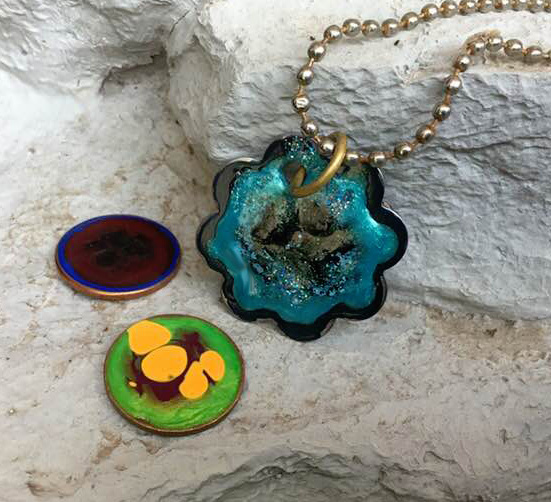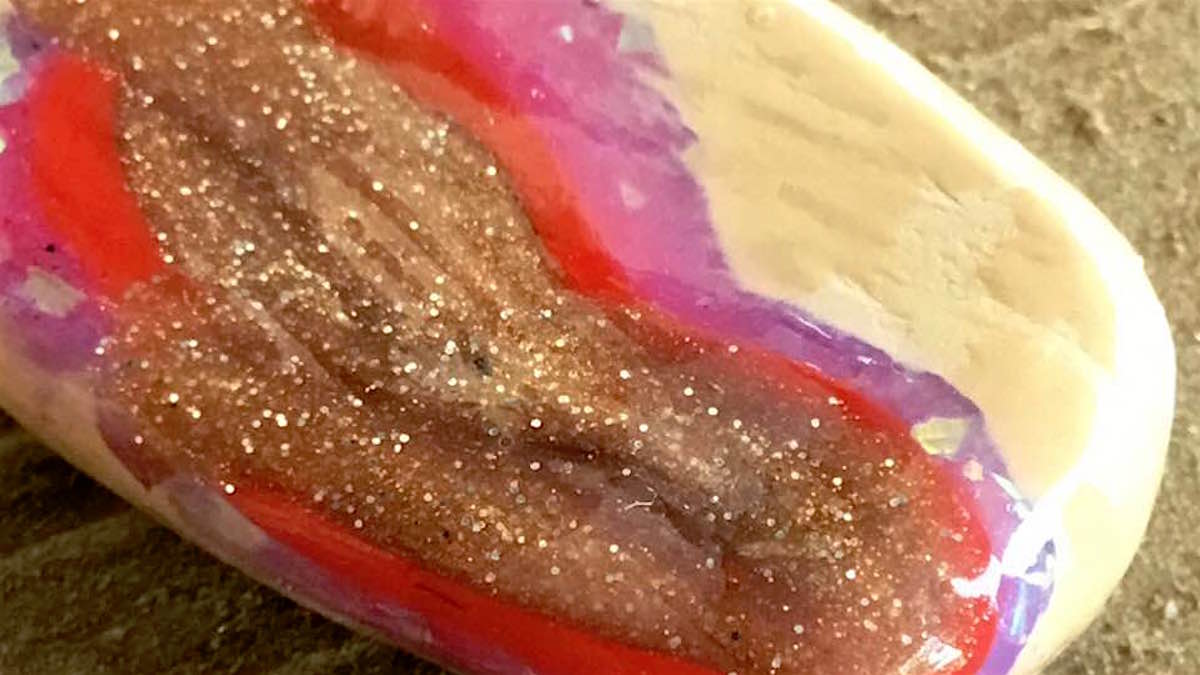
The artist: Henry Ford
I will admit I’m stretching a little bit here with the common idea of the term “artist,” but carmakers like Henry Ford, Kiichiro Toyoda, Louis Chevrolet, Enzo Ferrari, and more couldn’t have made it without illustrators, painters, sculptors, welders, and other artists and craftspersons. Today, thanks to computer technology and digital art, even more artists and creative minds contribute their talent to everything from paint color to logo designs in the automotive industry.
For today’s “Be the Artist,” however, we’ll focus on Henry Ford, because this week’s “gem” of an art project is named for him.

Henry Ford was, of course, the Founder of the Ford Motor Company, but he was not the inventor of the automobile like some people may think. Instead, by use of the assembly line, he took what was a rare item very few people could ever afford and made it a practical and more affordable tool of transportation for the public with the introduction of the Model T. This method made him one of the richest people in the world at the time, and the term “Fordism” is used to describe “mass production of inexpensive goods coupled with high workers’ wages.”
Born in 1863 in Greenfield Township, Michigan, Ford liked to see how things work. When he was a young, he loved dismantling and reassembling pocket watches and other timepieces, as well as repairing them for others. As an adult, he experimented with engine types and even worked for Thomas Edison, who approved his first car experiment.
Later, after he was on his own, he began changing and adding details to cars to make them easier to drive and more affordable (steering wheel on the left instead of the center, enclosed transmission, etc.) but was unfortunately not very creative with the color when he created Model Ts.
“Any customer can have a car painted any color that he wants so long as it is black,” he wrote in his autobiography.
His inventions and interests included soybean-based plastics, better-engineered woods, and he even helped developed charcoal briquets that his brother-in-law (E.G. Kingsford) created from scrap wood found on Ford’s factory store.
When he died in 1947 at age 83, his designs and ideas would continue to shape how people design and build cars, planes, and other items we use every day. He had also become the primary collector of Americana in the world, and The Henry Ford Museum of American Innovation celebrates how art, technology, and science can come together to create and improve how we live. He also knew the importance of a positive mindset regarding creativity and innovation.
“If you think you can do a thing or think you can’t do a thing, you’re right,” he said.
Fordite: Two Ways

In past Be the Artists, we’ve drawn cars and created designs often used on vehicles from artists like Ed “Big Daddy” Roth and Von Dutch.
For Henry Ford, we’re not drawing cars. Instead, we’re going to create a make-believe version of an unexpected “jewel” discovered through Ford’s assembly line method: Fordite.
What is Fordite? Fordite, also called Motor City Agate or Detroit Agate, is an entirely man-made jewel created by scraping layers of the enamel paint slag that had been dripped into pools onto the metal tracks during the “old days” when Ford and other assembly line cars were spraypainted by people, not robots. The pooled paint, the result of the runoff from excess paint dripping off the cars during the baking process, became solid as some rock formations. Eventually, after several bakings, the layers of paint had to be cleaned out. It was scraped off the area, creating big slabs with several strata of paint. These slabs, it turned out, could be polished and tumbled like raw natural stones into beautiful layered designs.
Actual Fordite is well loved by collectors and can be pretty expensive. A small piece from the Mini Museum can run around $30, and Fordite cufflinks from the Henry Ford Museum are nearly $250.
Instead, we’re going to try to get the effect of it in two different ways: one the easy way for younger crafters, and the second a little, well, stinkier. Let’s call this make-believe Fordite “Faux-dite.”
Method One: Polymer Faux-dite

The first way is as easy as rolling together clay because that actually what it is.
Use three or more colors of bakable polymer clay. Take a marble size of one and smooth it flat (not too thin) so it is about a 1″ to 2″ inch wide piece (don’t make it a perfect shape).
Take a second color, slightly smaller, and smooth it over the top so it the edges of the first show. Do this again with a few more colors until you have the design you want. Roll these layers in a ball so they smooth into each other well, but not so much they mix. Flatten them out so they look like a layered or marbled stone.

Bake the clay according to the brand’s directions. Once it is cool, shine it up with some clear spray or gloss paint. Clear nail polish will work as well.
You can enjoy these as they are, or make a small hole in one end for a pendant.
Method Two: Nail Polish Faux-dite

This method will give you a better idea of how Fordite was formed, but can be a little messy—and stinky—for younger crafters.
First, use a flat metal setting line and old coin (nickels work well) or flat jewelry setting. Find about four or five different colors of bright nail polish, such as those with glitter or sparkle flecks.
Before you start, make sure you are in a well-ventilated area, as you are working with polish. Only do one of these at a time, if you want t to avoid being around polish fumes too much. Drip the first color over the entire surface of the coin or setting. Don’t make it too thick or it will run over the edges.
Before it dries completely, drip a different color layer over the top, making sure it doesn’t go all the way to the edges. Like the polymer craft, repeat this layering with the remainder of the colors. Once you get the layers, it will take awhile to dry. Let it go overnight at least in a well-ventilated area.

This will look similar to a polished piece of Fordite, once it’s dried completely.
These look really cool as magnets, earrings, or buttons.
Fordite has been used for everything from jewelry to furniture to musical instruments (for those who can afford it).
Luckily, these little “Faux-dite” pieces can be just as interesting but much cheaper. Don’t worry if you don’t like the first one. Mistakes, Ford himself felt, are just a step to a good result.
“Even a mistake may turn out to be the one thing necessary to a worthwhile achievement,” he said.




